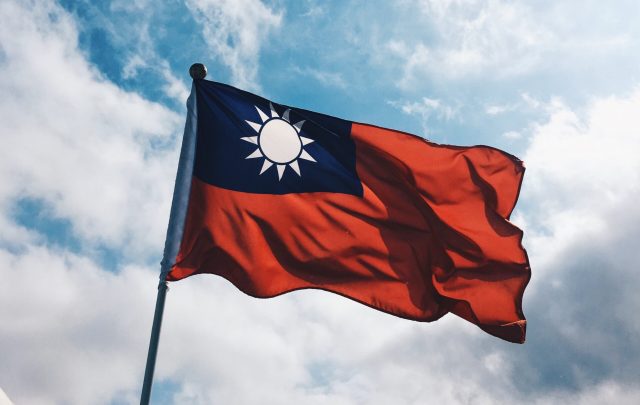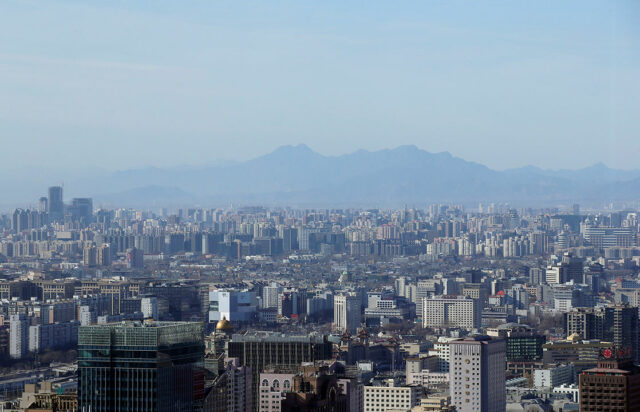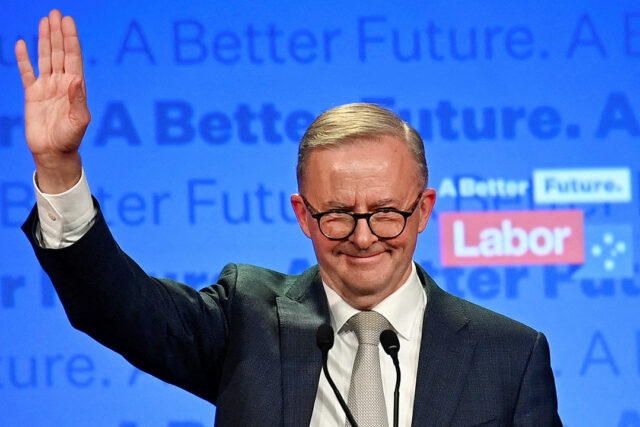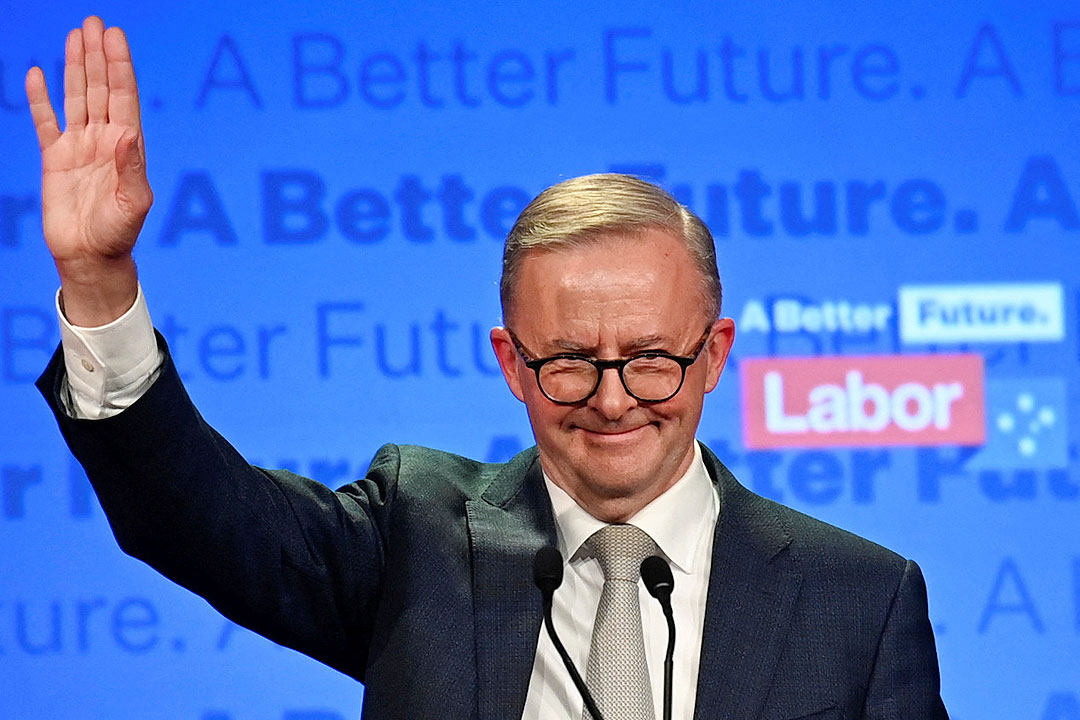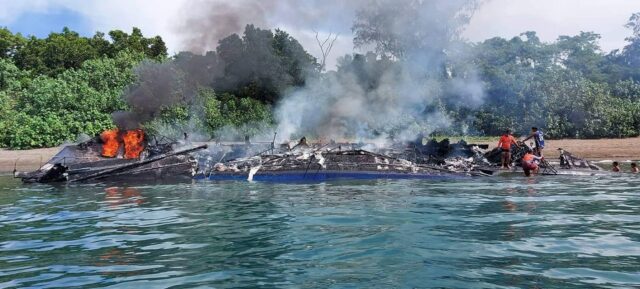When does a corporation conduct its business through fraud?
We posit that the offense sought to be punished under Section 165 of the Revised Corporation Code (RCC), i.e., “conducting its business through fraud,” does not provide a definition or the requisites by which to determine whether a crime has been committed. For example, it is not clear whether Section 165 covers only the general manner by which the corporate business enterprise is conducted (e.g., conducts a banking business without a Bangko Sentral ng Pilipinas license), or it covers every particular transaction that is committed with fraud.
Without providing for the requisites of what would constitute “conduct of business through fraud” it would be difficult to convict a corporate offender under Section 165 since the quantum of evidence required in a criminal case is “guilt beyond reasonable doubt.” Under the norms of criminal due process which must also be accorded to an accused juridical entity, the lack of the proper definition of what constitutes “conduct of its business through fraud,” would not allow a conviction of the accused, especially a corporate offender, which essentially is incapable of committing fraud for lack of ability to act with “malice.” The element of malice that would make the corporation accused liable for the offense mala in se under Section 165 must necessarily pertain to the malicious intent of the acting director, trustee, officer or employee in conducting the corporate business enterprise with fraud.
ISSUE OF ‘PREJUDICIAL QUESTION’ UNDER SECTION 165
Since the criminal offense that a corporation can commit under Section 165 of the RCC by “conduct of business through fraud” is mala in se that can only be effected through its Board of Directors or duly authorized officers and employees, there is no way to obtain a conviction against the corporation unless and until the acting directors or trustees, or the officers and/or employees committing the offense on behalf of the corporation are first shown to have themselves been guilty of conducting the business of the corporation through fraud.
Section 165 of the RCC cannot be the basis for finding that the conduct of the acting directors or trustees, or the officers and/or employees are fraudulent since it defines an offense committed by the corporation, and Section 171 provides the specific criminal penalty for such acting directors or trustees, officers and/or employees “if the offender is a corporation.”
We posit therefore that if Section 165 of the RCC will be construed by the courts to allow criminal punishment of the corporation as the medium through which the acting directors, trustees or officers committed a fraudulent act, it can only cover specific acts which under existing criminal statutes are already defined as criminally fraudulent. For example, there are many criminal offenses defined by the Securities Regulation Code and the General Banking Law where the penalty is imposed upon the acting director, trustee, or officer.
It is only in such criminally defined fraudulent crimes that the corporation itself, used as the medium to commit such crimes, that the offense under Section 165 can be invoked to hold the corporation itself punishable.
CHILLING EFFECT OF INVESTING PUBLIC IN THE CORPORATE MEDIUM
Prior to the enactment of the RCC, the prevailing principle in Philippine Corporate Law in cases where the corporation has been employed as a means to commit fraud was to make the culprit directors, trustees, and/or officers criminally liable for the crime of fraud (as defined by law) so committed, and not the corporation itself. Aside from the policy that offending directors, trustees, or officers should not be allowed to hide behind the corporate veil to insulate themselves from their dastardly acts, it was also the policy back then to protect the investments of passive shareholders who had no participation, much less knowledge, of the fraudulent act of the offending directors, trustees, or officers.
The imposition under Section 165 of the penalty of fine on the corporation for the fraudulent acts of directors, trustees, or officers actually bears directly upon the equity interests of the many innocent shareholders. Instead of promoting the ease of doing business through the corporation medium, Section 165 induces an “unease” on both the actual and future investors, both local and foreign, in the Philippine corporate sector.
CORPORATIONS ACTING AS INTERMEDIARIES FOR FRAUD, GRAFT AND CORRUPT PRACTICES
Under Section 166 of the RCC, a “corporation used for fraud, or for committing or concealing graft and corrupt practices as defined under pertinent statutes,” shall be liable for a fine ranging from P100,000 to P5 million.
In addition, Section 166 provides that when there is a finding that any of the corporation’s directors, officers, employees agents, or representatives are engaged in graft and corrupt practices, the corporation’s failure to install: a.) safeguards for the transparent and lawful delivery of services; and, b.) policies, code of ethics, and procedures against grant and corruption shall be prima facie evidence of corporate criminal liability under Section 166.
WHEN A CORPORATION IS USED FOR FRAUD
It seems that there was an error in including in defining the offenses covered by Section 166 the crime of “a corporation used for fraud,” based on the following grounds: a.) It is not within the title of the section which only covers “Acting as Intermediaries for Graft and Corrupt Practices”; and, b.) Using the corporation to commit fraud is already defined as a separate crime of the corporation under Section 165.
Keeping in mind that every corporation is a medium of conducting business, there would be no difference in coverage between Section 165 when it refers to “a corporation that conducts its business through fraud” from that of Section 166 that refers to “a corporation used for fraud.”
Again, to obtain a conviction under Section 166 against “a corporation used for fraud,” would seem difficult because of the lack of definition or the requisites that would constitute the use of the corporation for fraud.
WHEN A CORPORATION IS USED TO COMMIT GRAFT AND CORRUPT PRACTICES
Section 166 of the RCC defines the criminal act of “A corporation used… for committing or concealing graft and corrupt practices as defined under pertinent statutes.” That can only mean that the criminal offense committed by a corporation is well-defined only when proper reference can be made to statutory provisions that define particular acts of the directors, trustees, or officers as constituting graft or corrupt practices, like the Anti-Graft and Corrupt Practices Act.
THE ‘PREJUDICIAL QUESTIONS’ ISSUE UNDER SECTION 166
An important issue that arises under Section 166 of the RCC is whether the accused corporation can be held liable without a prior conviction of the acting directors, trustees, or officers for a statutorily defined graft and corrupt practice using the corporation as a means to commit or effect the same.
The last paragraph of Section 166 addresses partially that issue when it provides that “When there is a finding that any of its directors, officers, employees, agents or representatives are engaged in graft and corrupt practices, the corporation’s failure to install: a.) safeguards for the transparent and lawful delivery of services; and, b.) policies, code of ethics, and procedures against graft and corruption shall be prima facie evidence of corporate liability under this section.” In other words, the prior conviction of the directors or trustees, and/or officers or other agents is not required when the prima facie rule is present. Nevertheless, prima facie evidence is not enough to convict a corporation for a criminal offense since it is still required from the prosecution to prove that the acting directors or trustees and/or officers have engaged in graft and corrupt practices “as defined under pertinent statutes.”
When the requisite safeguards, policies, codes, and procedures against graft and corrupt practices have been installed such that the prima facie rule against the corporation does not come into effect, we are of the position that the conviction of the acting directors or trustees and/or officers would constitute a prejudicial question in determining whether the corporation itself can be held guilty under Section 166 of the RCC.
On a related issue, since Section 166 itself cannot be used as the basis to punish the directors, trustees, or officers who used the corporation as a means to commit the offense defined therein, the basis for the punishment of the guilty directors, trustees, or officers, would have to be Section 171 which provides that “if the offender is a corporation, the penalty may, at the discretion of the court, be imposed upon such corporation and/or upon its directors, trustees, stockholders, members, officers or employees responsible for the violation or indispensable to its commission.” There is no doubt that every officer acting in the transaction whereby the corporation becomes liable for an offense as “indispensable to its commission,” for a corporation being a juridical person, it can only act through its directors, trustees, or officers.
Consequently, we do not see how culprit directors, trustees, or officers can be held liable under Section 171, if the corporation itself cannot be held liable under Section 167 which can only be based on showing that the culprit directors, trustees, or officers have committed graft and corrupt practices act as defined in existing statutes other than Section 171 of the RCC.
CHILLING EFFECT ON INVESTING PUBLIC IN THE CORPORATE MEDIUM
The imposition under Section 166 of the RCC of the penalty of a fine on the corporation for the graft and corrupt practices of its directors, trustees, or officers actually bears directly upon the equity interests of the many innocent shareholders, especially in publicly held corporations.
In addition, the imposition of a criminal punishment on the corporation may undermine the share values of publicly listed corporations which may render valueless the equity holdings of many innocent public investors. At the very least, Section 166 as it provides the criminal penalty of a fine (aside from the administrative sanctions that Securities and Exchange Commission may impose under Section 170) induces a “chilling effect” on both the actual and future investors, both local and foreign, in the Philippine corporate sector. In that sense, the introduction of Section 166 into the RCC actually works against the principle of promoting the ease of doing business in our country through the corporate medium, and actually removes the protection of many innocent shareholders. n
This article reflects the personal opinion of the author and does not reflect the official stand of the Management Association of the Philippines or MAP.
Attorney Cesar L. Villanueva is co-chair for Governance of the MAP ESG Committee, the chair of the Institute of Corporate Directors, the first chair of the Governance Commission for GOCCs, is a former dean of the Ateneo Law School, and a founding partner of Villanueva Gabionza & Dy Law Offices.


